“Masters of the Jazz Kazoo” is a short story by Con Chapman about a man whose goal was to make it in New York’s cutthroat world of the jazz kazoo! It is published with the permission of the author.
*

Con Chapman is a Boston-area writer, the author of two novels and “The Year of the Gerbil,” a history of the ’78 Red Sox-Yankees pennant race. His writing on jazz has appeared in Punchnel’s and Brilliant Corners, among other publications. He is working on a biography of Johnny Hodges.
His short story Father Kneist, Jazz Priest was published in Jerry Jazz Musician last month
_______________________________
Masters of the Jazz Kazoo
by
Con Chapman
Like all jazz kazoo players, getting to New York City was always my goal. To turn the Sinatra song on its head, until you made it there, you hadn’t made it anywhere.
Yes, I’d cut every kazooist in the Quad Cities, the sub-metropolitan area of Iowa that from the air appears to be what it is full of — squares. Then I’d moved on to Chicago, like Louis Armstrong, where I found a wider audience for my “kool kazoo” stylings. It may be America’s “Second City” (actually third, but who’s counting), but landing on my feet there was like a forbidden double-bounce on a springboard at a municipal pool that launched me as far as my dreams would take me:
New York — the Big Apple. As I stepped onto the concrete at the Port Authority Bus Terminal I thought to myself that I was ready to start playing on jazz’s biggest stage.
Boy was I wrong. My first 52nd Street jam session turned into a humiliating defeat.
“You wanna blow some, man?” the bassist at Mendon’s Home of Happy Feet said as I approached the bandstand.
“Sure,” I said, then nodded at the pianist. “‘Lullaby of Birdland’ in A flat,” I called out confidently. “A one, a two, a one-two-three-four . . .”
But the backup band ignored my tempo and instead took off like a frightened cat at a breakneck speed that only the top dogs of the instrument could have kept up with at their best. My tissue paper slipped and before I knew it, the drummer was sending a cymbal crashing my way, the signal to step down and let somebody else who was better prepared have a chance.
I left the bar with my tail between my legs, got an apartment in Brooklyn, and proceeded to “woodshed” — to practice in isolation by myself — in preparation for a second try at climbing the steep mountain of success in the cutthroat world of the jazz kazoo.
I had chosen a place next to the subway tracks so that neighbors wouldn’t complain about my inept, amateurish honking, and also to hide my shame. Oh, I put on a good front for the folks back home. “Booked for jazz brunch at Sweet Basil,” I told my mom on my weekly phone call. “I may have a shot at opening for Red McKenzie” — the Godfather of the Jazz Comb Kazoo — “at the Village Vanguard, so keep your fingers crossed.”
I took lessons at Juilliard, like Miles Davis, who had overcome similar problems with his embouchure by proper training. He’d almost been fired by Charlie Parker who grew frustrated at the flubbed notes and limited range of the dentist’s son from St. Louis. “Man, you better watch out,” Bird had told Miles. “You keep this shit up and you’ll end up making millions from gloomy, neurasthenic mood music people think is hip, instead of dying young like me.”
At some point a hepcat pulled my coattail. “Say, man, what you messin’ around with the comb-and-tissue-paper bullshit for?” he said just as he was about to nod off from a potent drug cocktail composed of equal parts benzedrine, cocaine and Yoo-Hoo Chocolate Soda.
“What you talkin’ ’bout?” I said, not stinting on the apostrophes, a hipster shibboleth back in those days.
“Don’t you know everbody’s switched to the one-piece metal units?”
Of course I had noticed the trend among the younger players, but I was a traditionalist; how could I look up at the pictures of Bunk Johnson and Buddy Bolden on my wall with a new-fangled contraption they would have laughed out of a New Orleans bordello?
“So — you think the days of the acoustic kazoo are over?”
“That’s for moldy old figs,” my guide to greatness let drop. “You think any self-respecting guitarist would take on Charlie Christian with just an acoustic arch-top hollow body after they heard ‘Gone With What Wind?'”
So I saved up my wages from washing dishes at a Chinese restaurant until I had enough to buy a used Kleschmer “Autocrat” model; fire-engine-red shell, silver “bell” on top. It wasn’t the top-of-the-line, the company’s “President” or “Capitalist” or “Benign Despot” model — one of those higher-priced “‘zoos” would be my reward when I’d earned it by a little success.
The place to start was back where I’d been first been thrown from my horse — Mendon’s Tuesday night jam sessions.
I played it cool, taking a seat at the bar, ordering a ginger ale and Canadian whisky to limber up my throat while still keeping my wits about me. I saw one, two young cats crap out; the guys in the band had no mercy for neophytes from the provinces, and the sad path back to the bus station was a well-traveled one that night.
“Anybody else out there?” the bassist said after a red-headed man with a bow tie and a plaid jacket left the bandstand in tears. It was a challenge more than a question.
“Yeah,” I said as I stood up. “I wanna blow some.”
The guy gave me a once-over. “Haven’t I seen you around here before?” he asked.
“Maybe my identical twin brother Hammersly,” I said slily.
“What you wanna play?” the pianist asked.
“”When I Take My Sugar to Tea,”” I said. “In C#.”
There were subdued murmurs from the cognoscenti down front. That was the signature tune of Alf Trent, a rising kazoo star of the 40’s whose career had tragically been cut short when his instrument was jammed against his soft palate in a late-night collision on the New Jersey Turnpike.
“It’s your funeral,” the bassist said. He nodded at the others and they began to play in the soft swinging tempo you’d expect to hear when Pee Wee Russell soloed.
“Naw, not like that,” I said cutting them off. “More lugubrious.”
“What’d he say?” the pianist asked.
“Lugubrious, he wants it lugubrious,” the drummer replied.
There were stifled snickers among some of the other players in the crowd, but I stuck to my guns. “You guys can laugh now,” I said, “but when every bohemian coed in America has my album in her collection and listens to it while she stares out the window on rainy days and tries to write sensitive poetry . . .”
“Yes?”
“. . . when I’m getting gigs not just at jazz festivals but at student concert series and I’m a freaking cultural icon who gets to sleep with the president of the Arts Forum Entertainer Series who brought me to campus –”
“Yes?”
” . . . then you’ll wish you’d figured out that it don’t mean a thing if it ain’t got an attitude.”
_________
Read Con Chapman’s Short Story Father Kneist, Jazz Priest






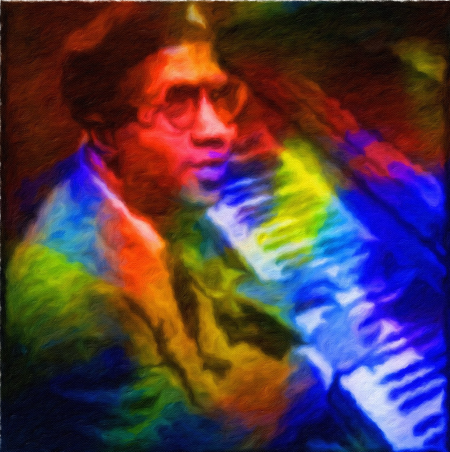


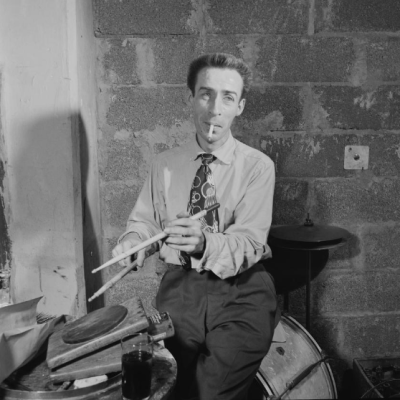


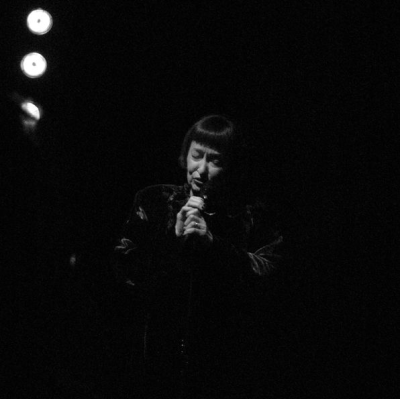




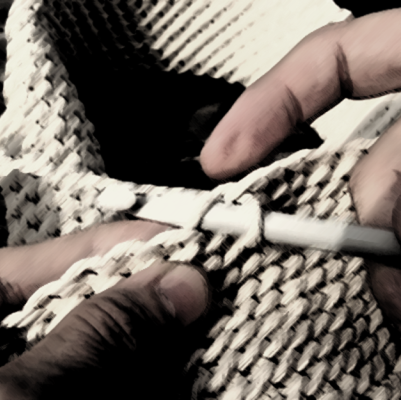

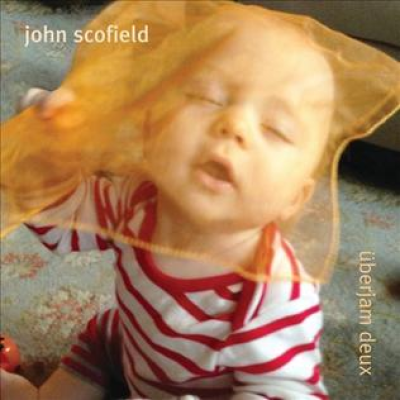


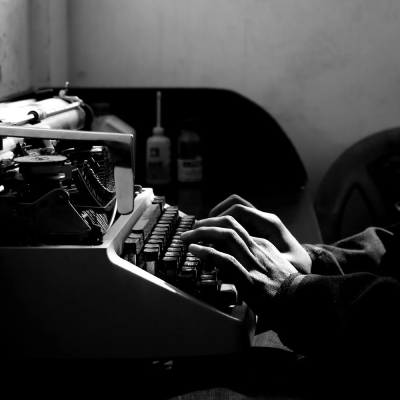


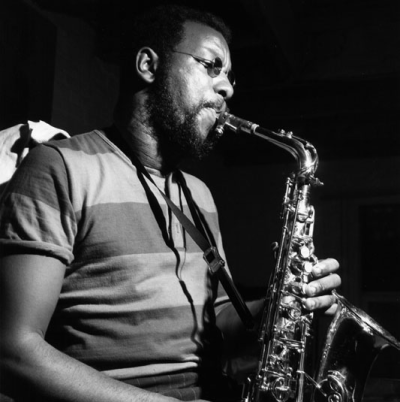

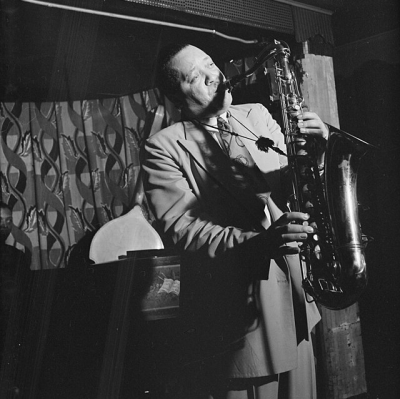
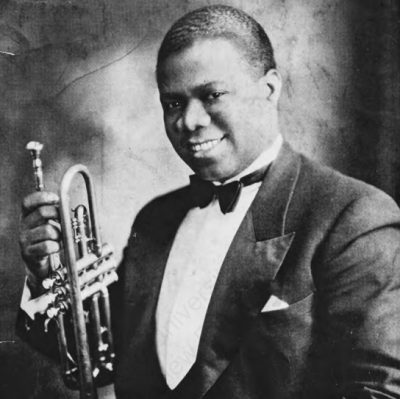

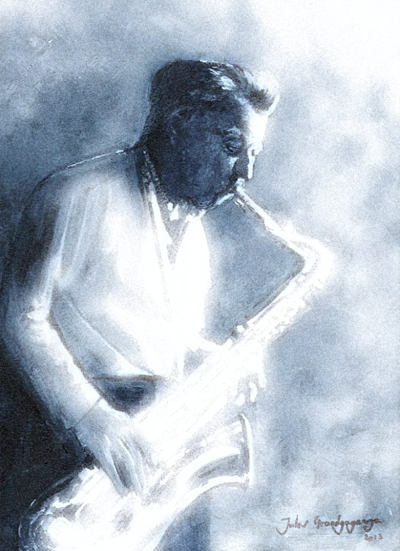

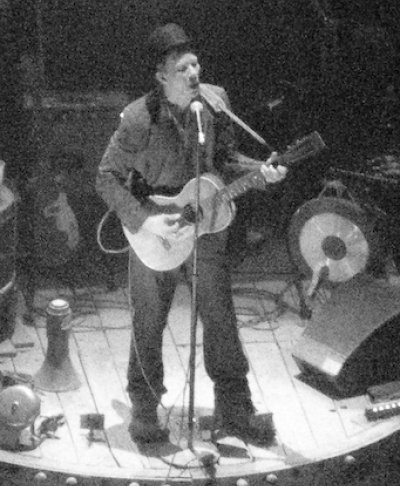









Luminous lugubriousity Con. I was there in spirit(s)…Write some more travails of the wandering kazoo minstrel